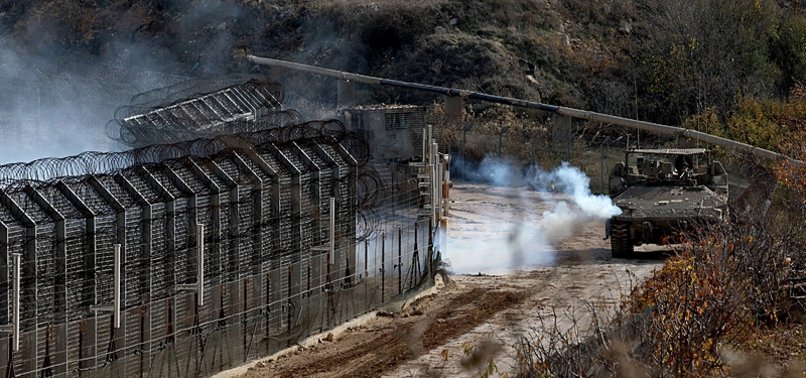May is Skin Cancer Awareness month and as temperatures rise in Qatar and around the world, and with more people spending time at pools and beaches, it is important to know the facts, risk factors and precautionary measures to help keep our skin healthy and safe.
The skin is the human body’s largest organ and one of the most complicated. Our skin not only holds everything in, but is also a vital barrier between our bodies and the outside world that is flexible, airtight, and watertight. Our skin helps with temperature regulation, vitamin production, sensation, and immune defence.
While it plays many roles in the maintenance of health, it also comes with potential problems, with more than 3,000 identified skin disorders.
Skin cancer is the out-of- control growth of abnormal cells located in the epidermis (the outermost skin layer). It is caused by DNA damage that triggers mutations. The main types of skin cancer are basal cell carcinoma, squamous cell carcinoma, melanoma and Merkel cell carcinoma.
Read also: Could the fear of needles be an overlooked cause of vaccine hesitancy?
According to the World Health Organisation, skin cancers are the fifth most common cancer in the world, with 1.20 million cases recorded in 2020 (for nonmelanoma skin cancer). Current estimates show that up to one in five people in the US will develop skin cancer in their lifetime, with approximately 9,500 people being diagnosed every day.
Mainly, skin cancer occurs as a result of exposure to the sun’s harmful ultraviolet (UV) rays, and/or the use of UV tanning beds. If detected early, it can be treated with little or no scarring and high odds of complete recovery. Sometimes doctors may even detect growths at a precancerous stage, before they develop into skin cancers.
There are many myths and misconceptions around the risk factors and prevention of skin cancers. Since skin cancers are mostly preventable, it is crucial that we know the facts, and spread awareness. To mark Skin Cancer Awareness month, here we debunk some of the most common circulating myths on skin cancer:
- Skin cancer is not deadly.
False. Although if caught early, skin cancer has a significantly high cure and survival rate, some types of skin cancers are more aggressive than others. Melanoma is the most dangerous form of skin cancer. Figures from the US show that more than 11,500 people are expected to lose their lives from melanoma and other skin cancers this year.
- You can’t get skin cancer if you don’t have fair skin.
False. While skin cancer is more prevalent amongst the fair-skinned, everyone is at risk of skin cancer, and everyone should take precautionary measures. Even though skin cancer is less frequently diagnosed among Latinos, Asians, and African Americans than Caucasians, when it is diagnosed in these populations, the disease will have often progressed to the later stages.
- Glass protects our skin from UV damage.
False. According to experts, whilst it is true that window glass blocks ultraviolet B (UVB) rays, it doesn’t protect against UVA rays. This means that buildings, cars and even airplanes do not provide full protection. Therefore, if going on a long road trip, or sitting near a window for a long period of time, it is important to protect yourself as rays can cause damage, even when it is not a burn or a damage that is visible to the naked eye.
- Applying sunscreen once a day provides you with all the protection you need.
False. Sunscreen is only effective for a limited period of time and must be reapplied throughout the day for proper protection. Most sunscreens should be applied every two hours, or as per the directions on the product label. Also, sunscreen is water-resistant, not waterproof. Therefore, it can be removed in the water or through perspiration. When swimming or sweating, it is recommended that you wait 10-15 minutes after applying sunscreen before starting. It is also recommended that an extra layer of sunscreen is applied within an hour or two of being in the water or participating in physical activity. Sunscreen protection can also be compromised if not enough product is applied, or if it is applied incorrectly.
- Tanning beds are a safe alternative to sun tanning.
False. Tanning beds, just like the sun, produce both UVA and UVB light. In fact, sometimes the UV rays produced in tanning beds can be even stronger than those emitted by the sun. Therefore, repeated and prolonged exposure can cause skin damage.
- People who tan easily and don’t burn will not get skin cancer.
False. Change in your natural skin color is a sign of skin damage. Period. An increase in skin pigment, known as melanin, is a sign of damage, and therefore, there is no such thing as a healthy suntan. Being in the sun repeatedly can lead to skin cancer even if you do not burn.
- Sun damage doesn’t occur when the weather is cold, windy, or cloudy.
False. UV radiation can penetrate some clouds, and can still be high on cool or windy summer days. Sunburn and damage are caused by UV radiation, not heat. Therefore, we may not necessarily be aware of the UV levels we are being exposed to.
- Repeated and prolonged exposure to the sun is necessary for our bodies to produce vitamin D.
False. Your body gets vitamin D from a combination of both sun exposure and diet.
Short intervals of exposure to sunlight every day, (10-15 minutes) even at low UV levels is enough to get vitamin D. The use of sunscreen rarely interferes with this. Experts recommend that if you are low in vitamin D, it is much safer to increase your levels through the use of an oral supplement, as opposed to excessive exposure to the sun, which can increase your risk of skin cancer.
Maha El Akoum, MPH, is a public health professional currently working as Head of Content at World Innovation Summit for Health [WISH].
Follow Doha News on Twitter, Instagram, Facebook and Youtube







